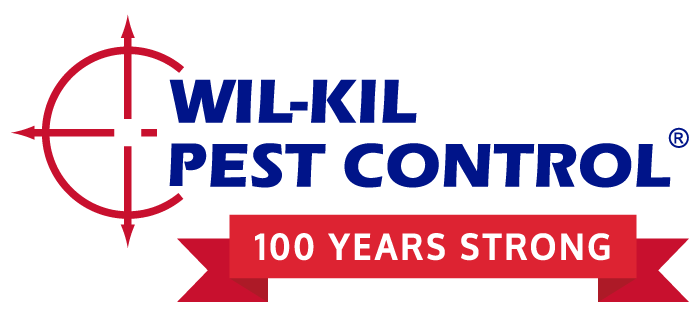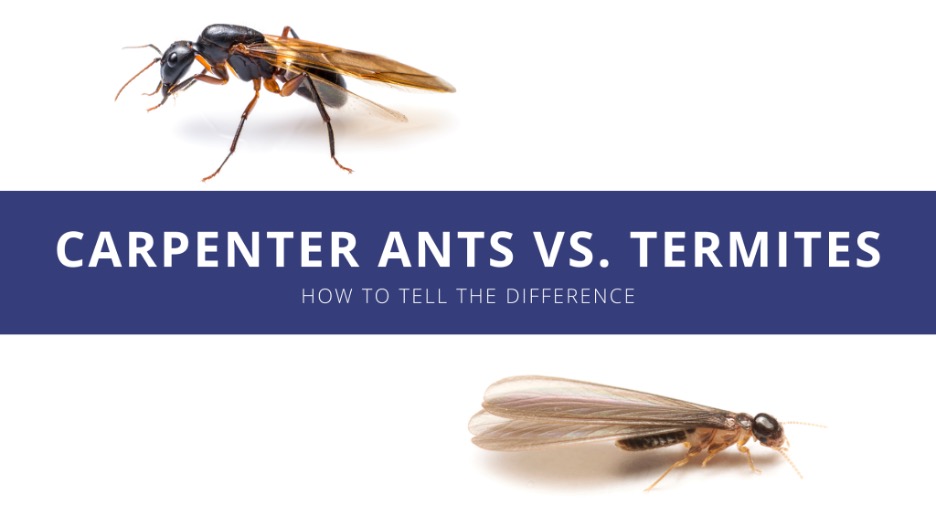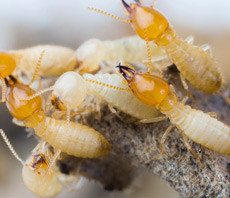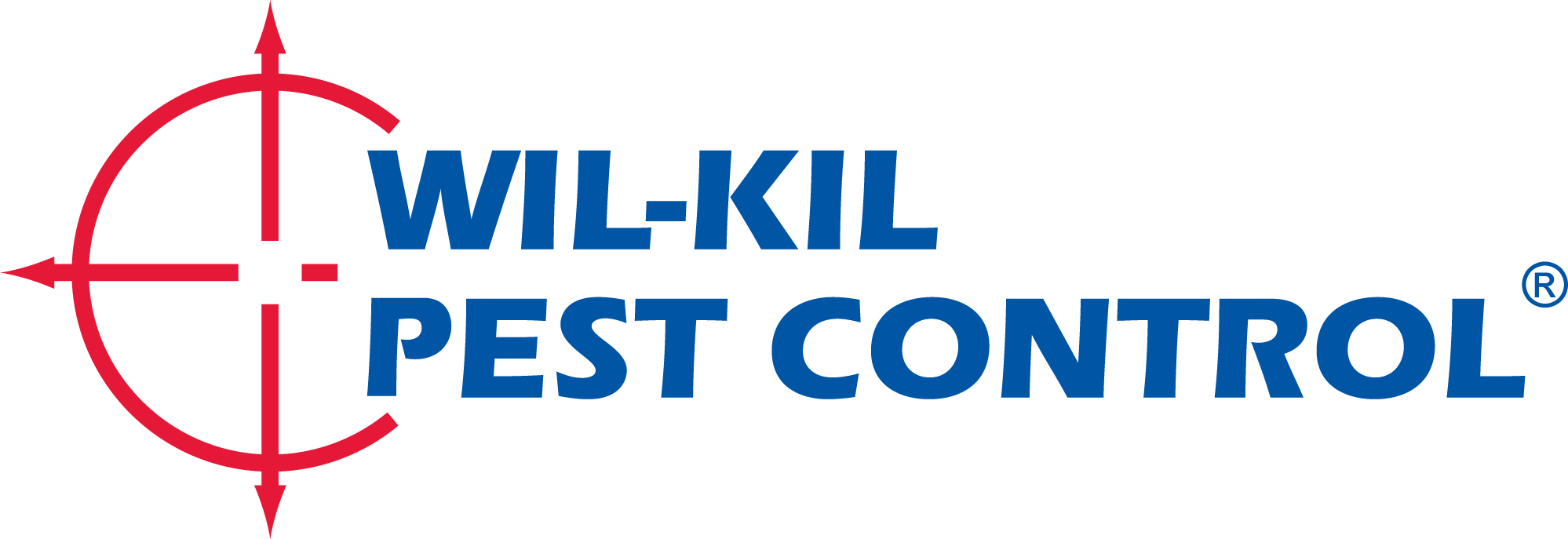Wood Destroying Insect Inspectiondeveloper2022-12-16T15:12:41-05:00
Termite Inspections: Know Your Risks before You Buy
Why Choose Wil-Kil?
- Certified inspections for real estate transactions
- Over fifty certified specialists across the upper Midwest
- Inspection, treatment and prevention services
window.dojoRequire([“mojo/signup-forms/Loader”], function(L) { L.start({“baseUrl”:”mc.us4.list-manage.com”,”uuid”:”ab452d49bf7671437380bf181″,”lid”:”db846f17e3″,”uniqueMethods”:true}) })
When purchasing a home, termites or other wood-destroying insects such as carpenter ants, woodborers, or powder post beetles can quickly put a damper on the excitement. Depending on your mortgage lender, a termite and wood-destroying insect inspection may be required.
Termites lead to roughly $5 billion in damages every year, so whether it is required or not, responsible homeowners have this type of inspection to save time and money later on. Rely on Wil-Kil to provide a comprehensive plan for inspection on your new home. Give us a call today!
Frequently Asked Questions About Termite Inspections:
What is a wood destroying insect report (WDI)?
A wood destroying insect report (WDI Report) is a document that indicates the presence of insects that eat wood in a home or commercial property. This includes the presence of termites, carpenter ants, and woodboring beetles. The report will also indicate any areas that may be conducive to pest problems later on, even if there isn’t currently an issue.
How much is a wood destroying inspection?
Prices start at $225.
What are HUD inspections?
HUD stands for Housing and Urban Development. To receive financing through HUD, you are required to have a termite and other wood-destroying insect inspection done on your new home by a certified pest control provider.
Are HUD inspections required where I live?
All homes purchased with HUD financing in Wisconsin, Illinois, and Iowa require an inspection to get final approval. In Minnesota, select counties are excluded. See the complete list of exclusions on the HUD website.
Are HUD inspections required for new construction?
In the case of new construction, HUD requires a New Construction Subterranean Termite Service Record. This is to validate that a pre-treatment occurred protecting the new structure from termites. The accepted methods include soil applied liquid termiticide (pesticides for termites), wood applied liquid termiticide, bait systems or a physical barrier system. Your pest control provider will determine the best treatment for your construction. The National Pest Management Association offers more information about HUD termites inspection reporting and requirements.
Are termite inspections required for conventional loans other than HUD?
Although HUD has one of the strictest policies regarding termite and other wood-destroying insect inspections, many other private lenders are beginning to see the value of inspections and integrating them into their requirements for financing. Make sure to check with your lender early in the process so you understand what is expected. Even if it is not required to have a termite inspection prior to purchasing a home, it is a responsible practice for homeowners, much like a general inspection.
Are there really termites in the midwest?
The presence of eastern subterranean termites in Wisconsin, Illinois, Minnesota, and Iowa can sometimes surprise homeowners. Termites are a much more well-known threat in southern states. However, there are pockets in the Midwest that are prone to termites. Overall, the Midwest is classified as a light-to-moderate risk. The risk of termites increases as you move into the southern half of Iowa and Illinois.
Related Post From Our Blog
developer2021-07-27T12:52:03-05:00July 27th, 2021|0 Comments
Although they may look different to the trained eye, termites and carpenter ants do share common features, characteristics, and behavior—making these insects difficult to tell apart for the average home or business owner. Knowing the [...]
developer2020-10-28T09:00:56-05:00March 29th, 2017|0 Comments
While we’re all familiar with the termite’s need for food, there are a number of other things termites are drawn to in Midwestern homes. Understanding what termites are attracted to, helps us understand where to [...]
developer2023-10-03T16:30:17-05:00March 16th, 2016|0 Comments
With Termite Awareness Week approaching March 13-19, 2016, it is important for Southeastern Wisconsin homeowners and businesses to stay vigilant and be aware of the possible signs of an infestation this spring. Known as the “silent destroyers,” termites cause an estimated $5 billion in property damage each year – that’s more damage to homes and businesses than all other natural disasters combined. Adding to the challenge, termite presence is difficult to detect as their activity is hidden behind wallboards, siding or wood trim.
The National Pest Management Association (NPMA) and Wil-Kil Pest Control are celebrating the fifth annual Termite Awareness Week, March 13-19, 2016 to bring awareness to termite prevention, detection and treatment. Although termite treatment is most effective when performed by a licensed pest control professional, it is important that individuals know the signs of a termite infestation and become familiar with prevention methods to combat the invasive insects.





